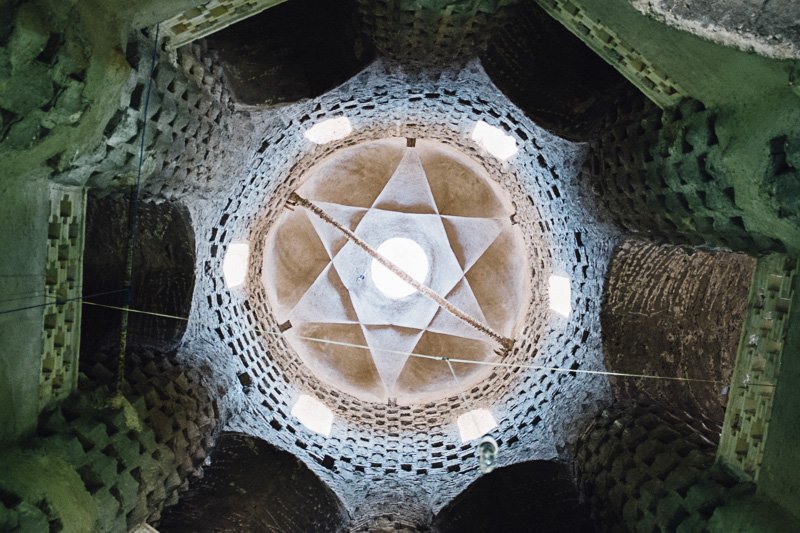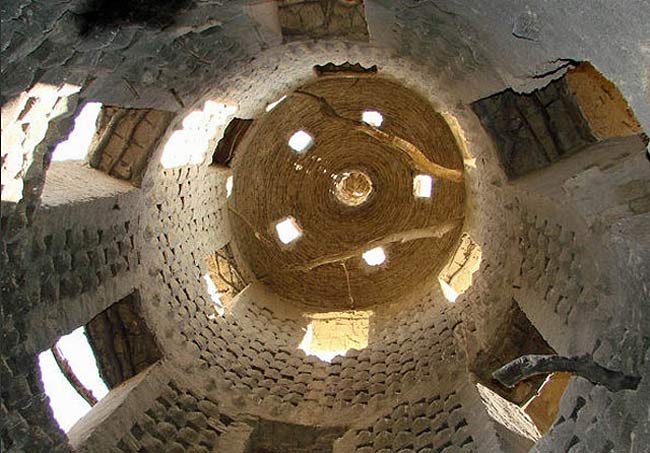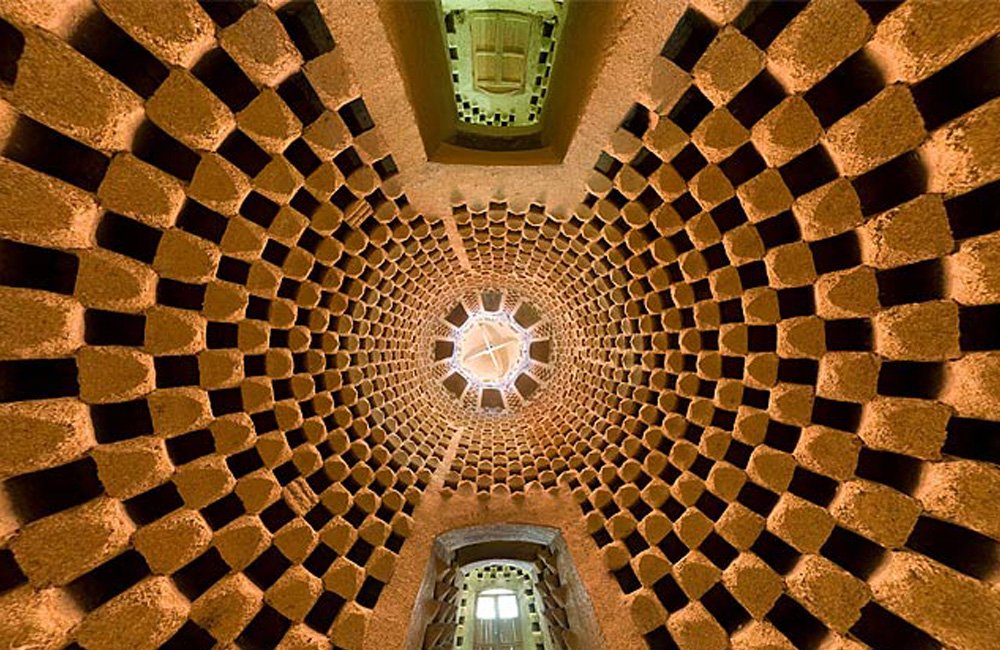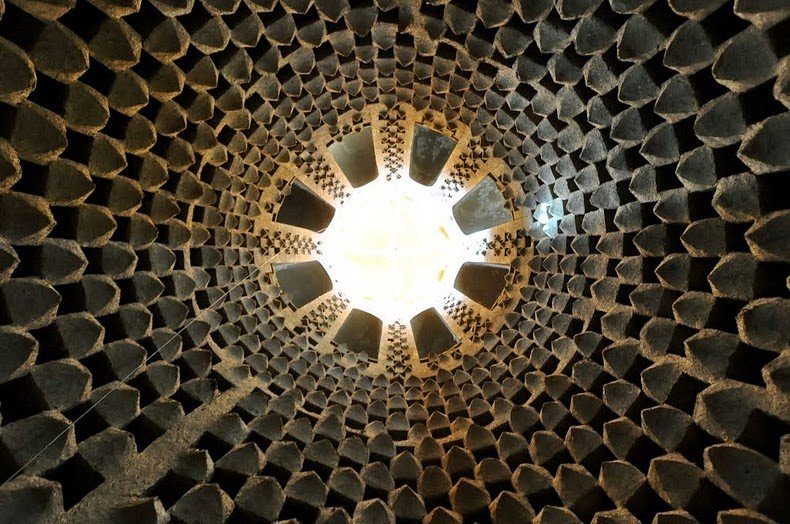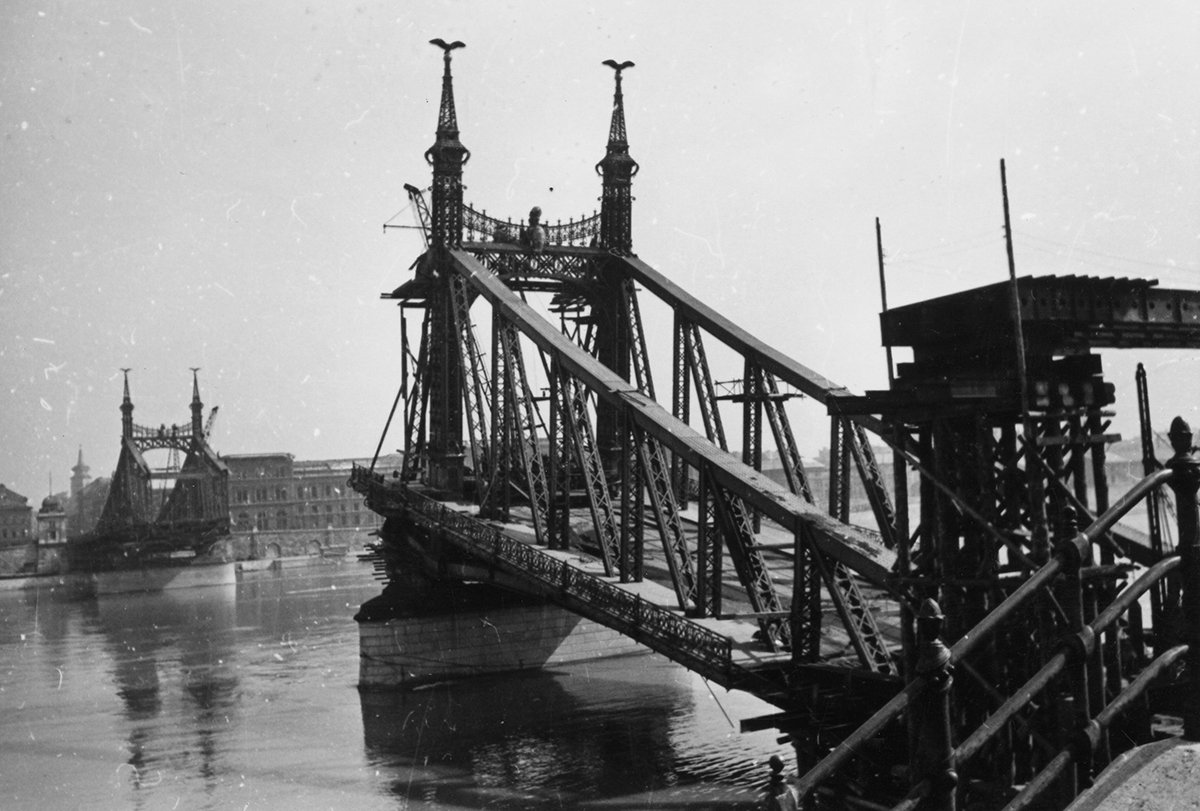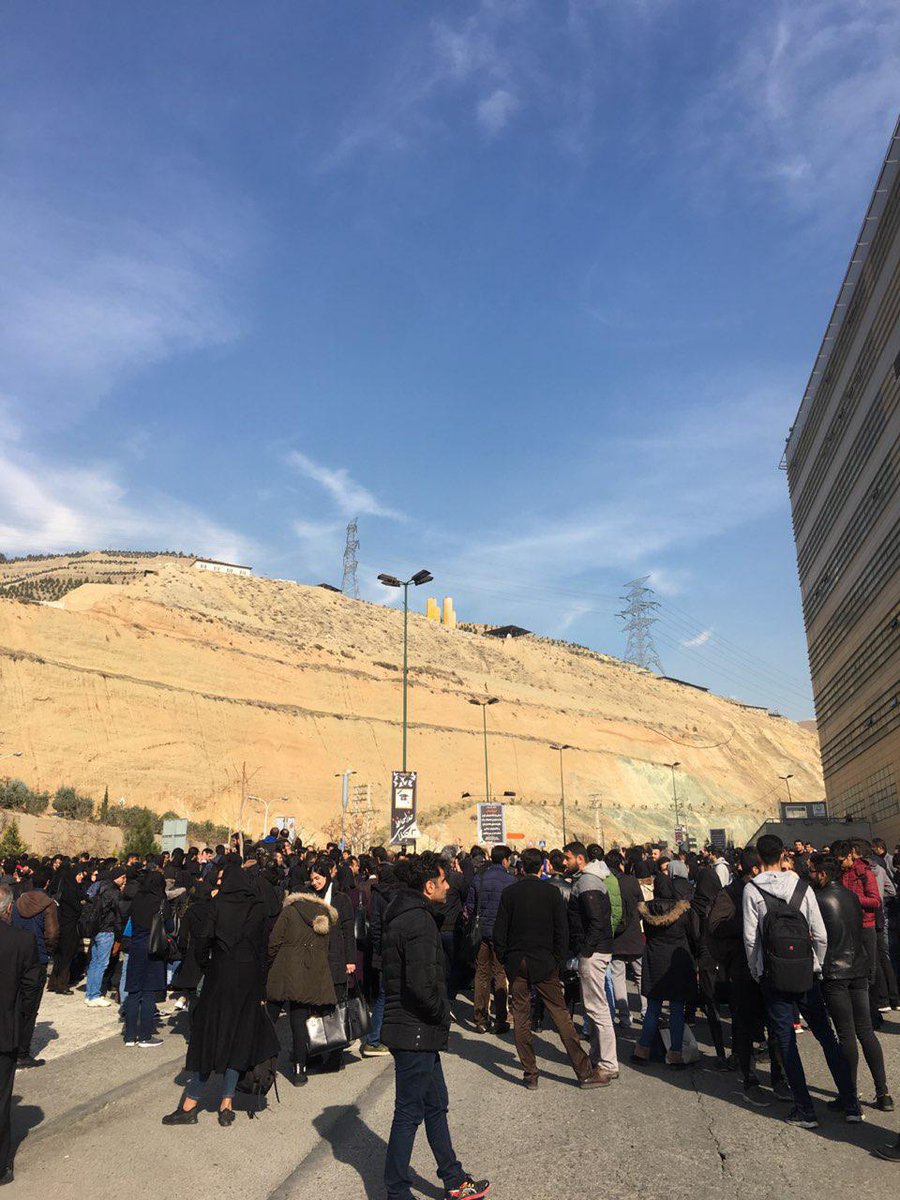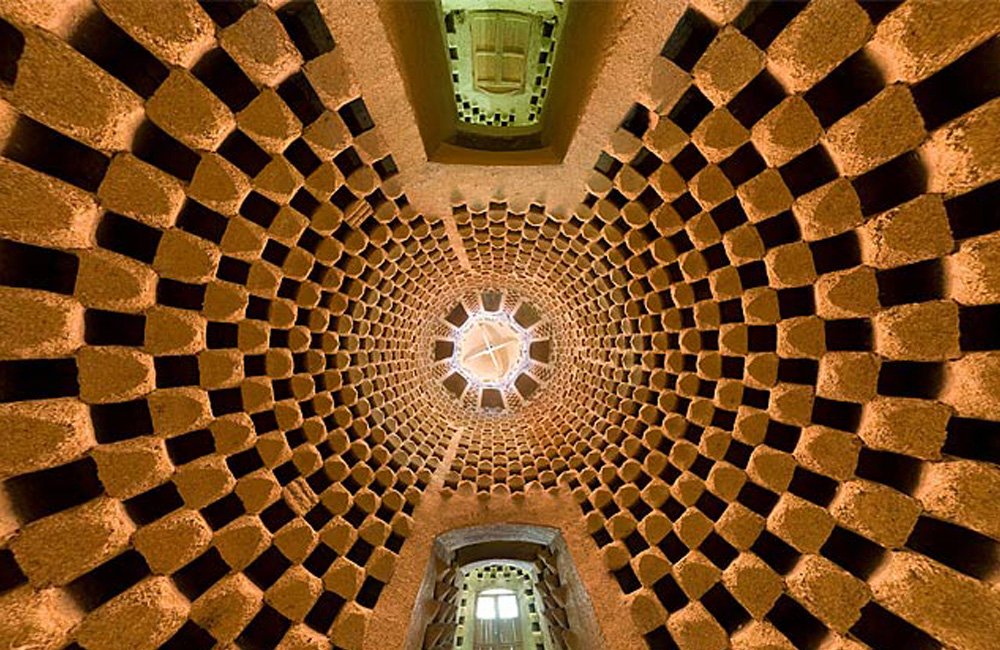
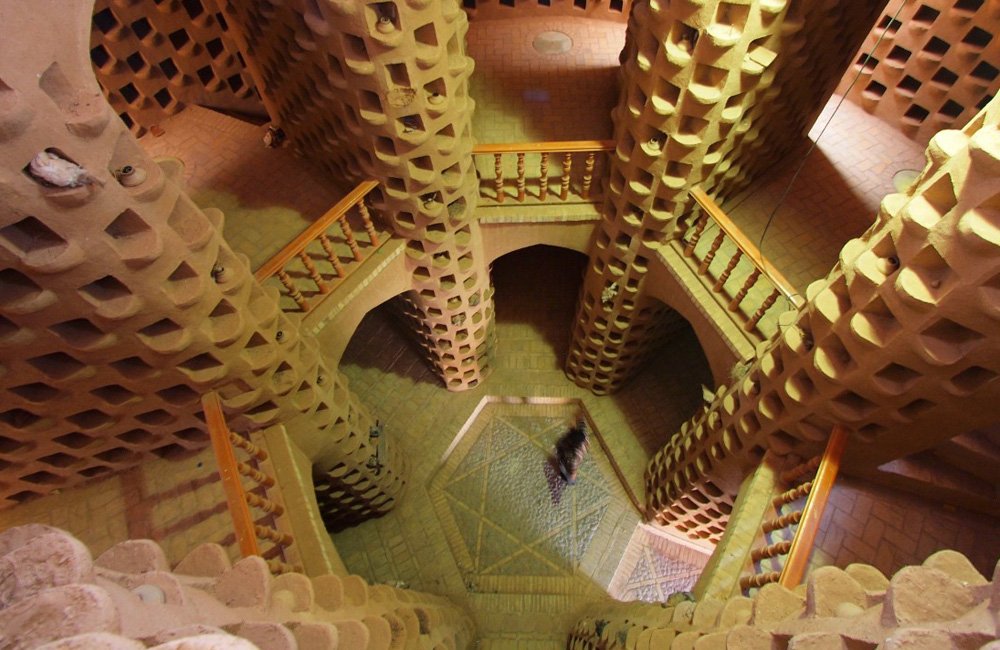
Once a year, the towers were opened & all the guano was swept out & used as fertiliser.
(goingiran.com/pigeon-tower-y…)
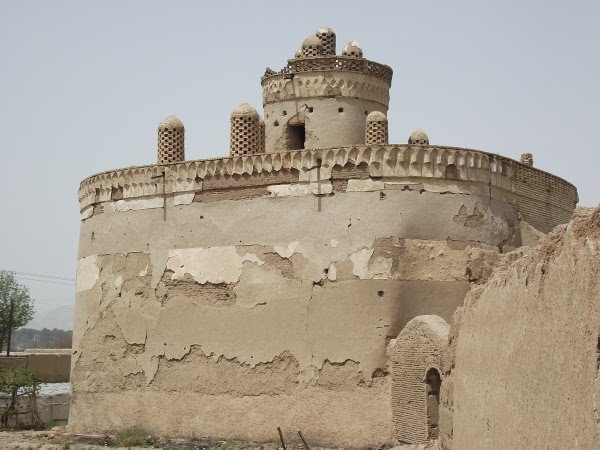
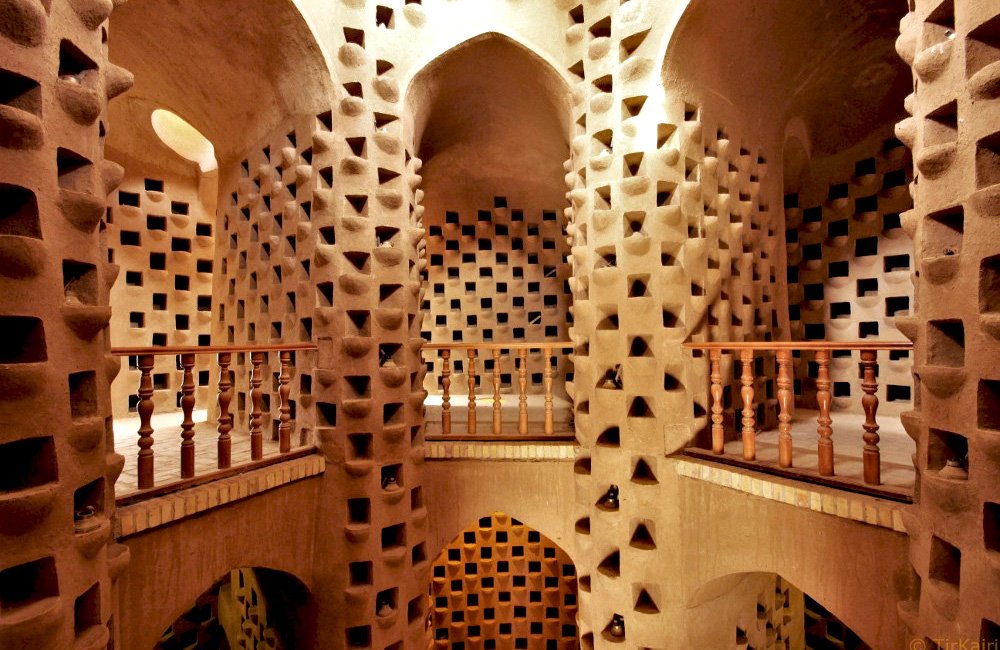
They are mostly found in the dry central Isfahan region of Iran.
(amusingplanet.com/2014/11/the-pi…)
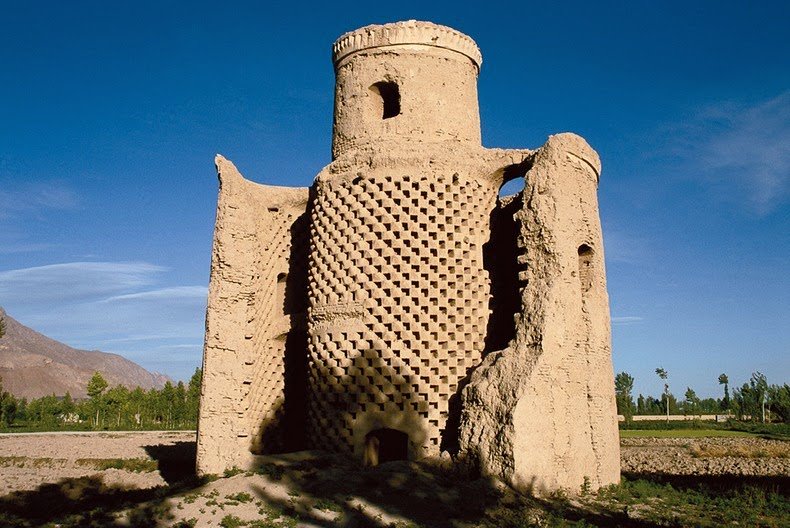
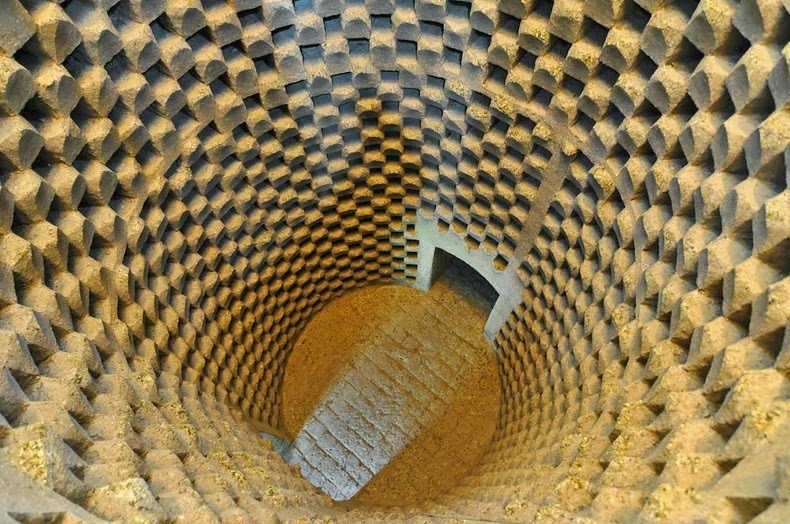
The towers range from 10 to 22m in diameter & can be as much as 18m high, housing up to 14,000 pigeons.

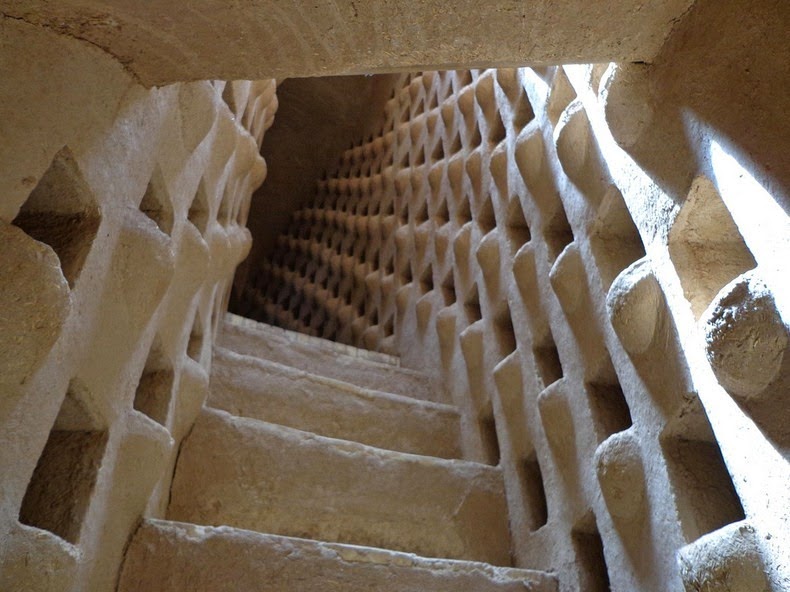
The towers were sealed for most of the year to prevent snakes from entering.
(amusingplanet.com/2014/11/the-pi…)
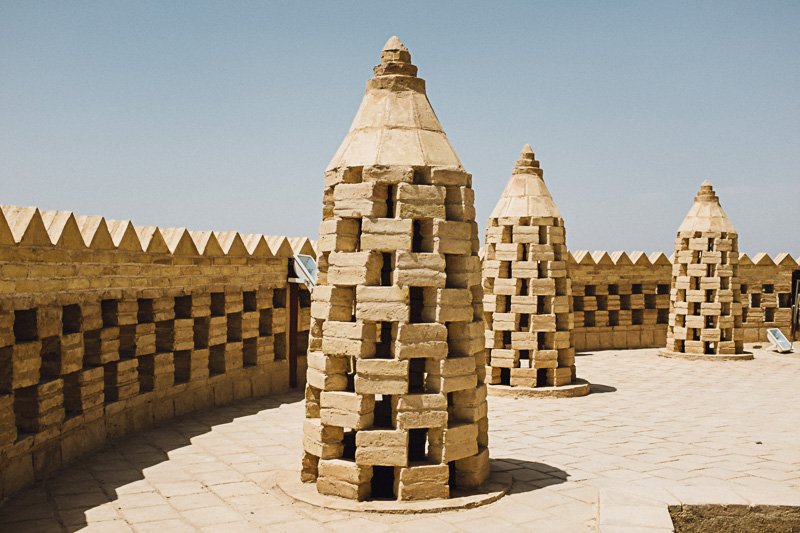
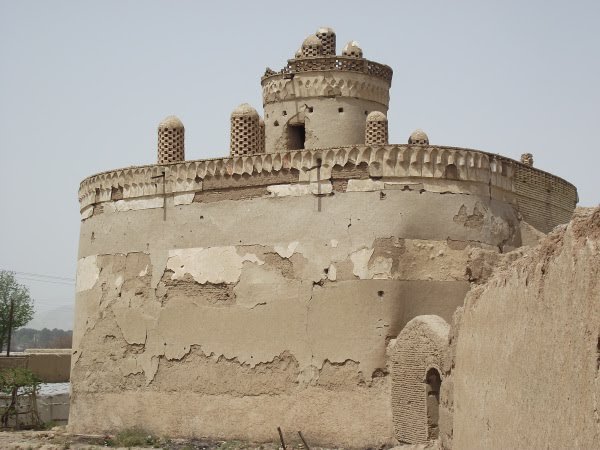
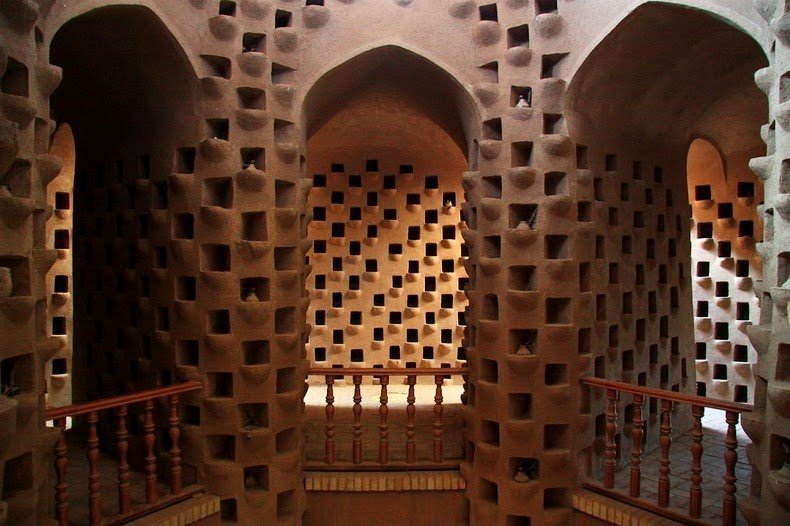
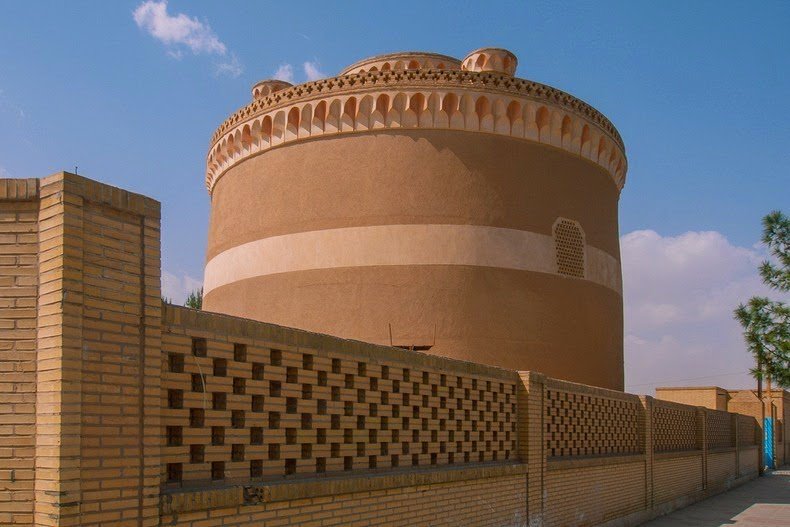
That means there is no fixed design, & no original creator, but they still form an architecturally unique signature that shows distinct regional variations.
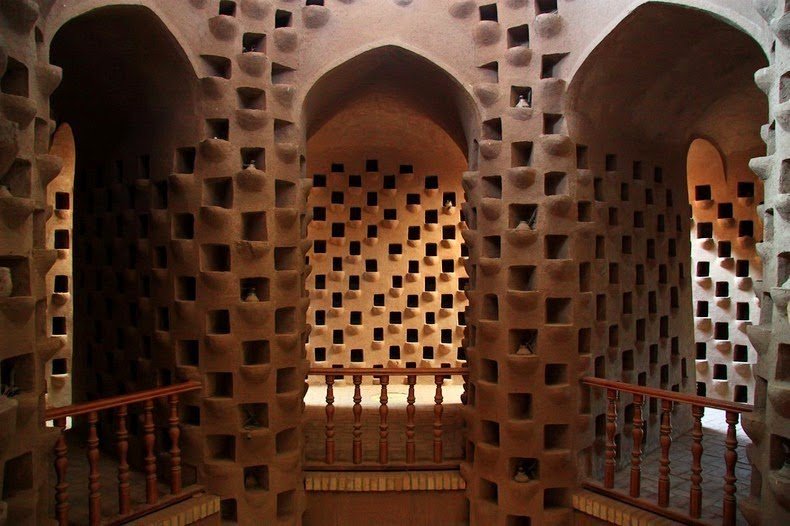
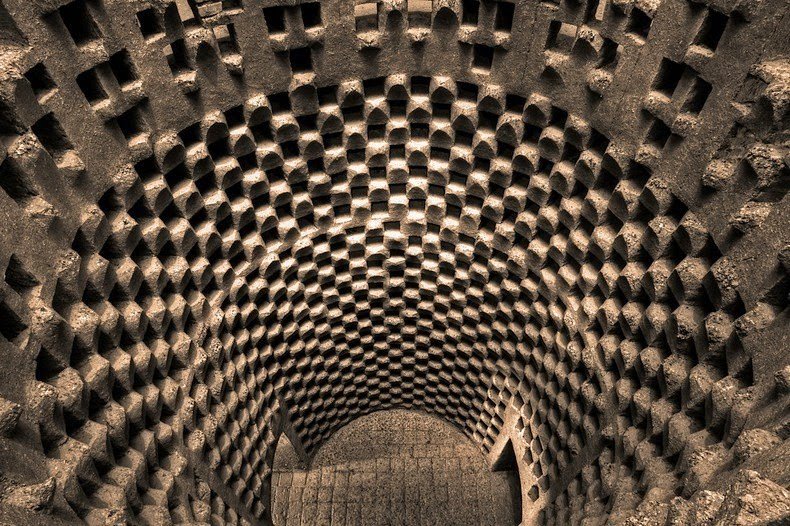
I'm modern times, movement to the use of synthetic fertiliser in Iran has caused many of the pigeon towers to fall into disuse & ruin.
(antiquity.ac.uk/projgall/pourj…)
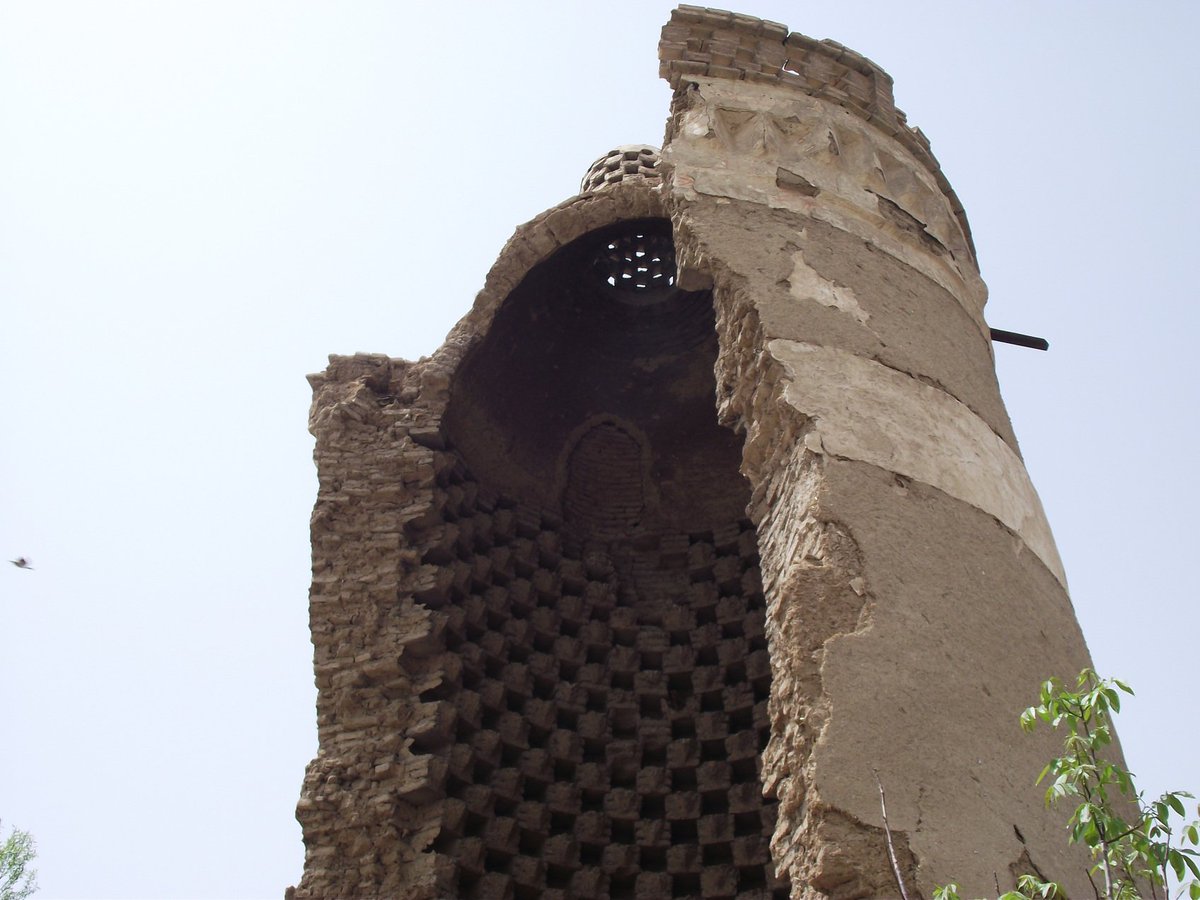
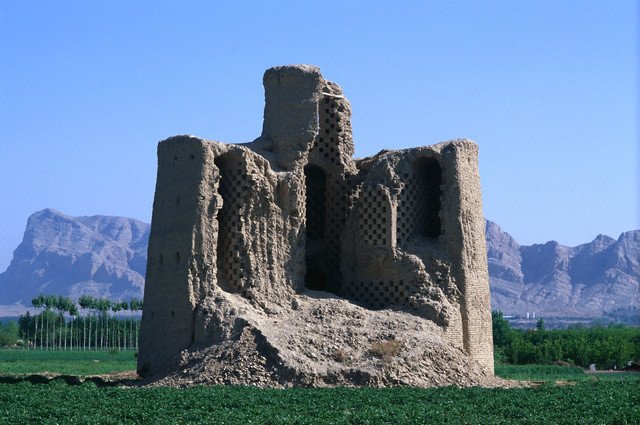
Only a few hundred of the towers are actively maintained, compared to the thousands once in operation.
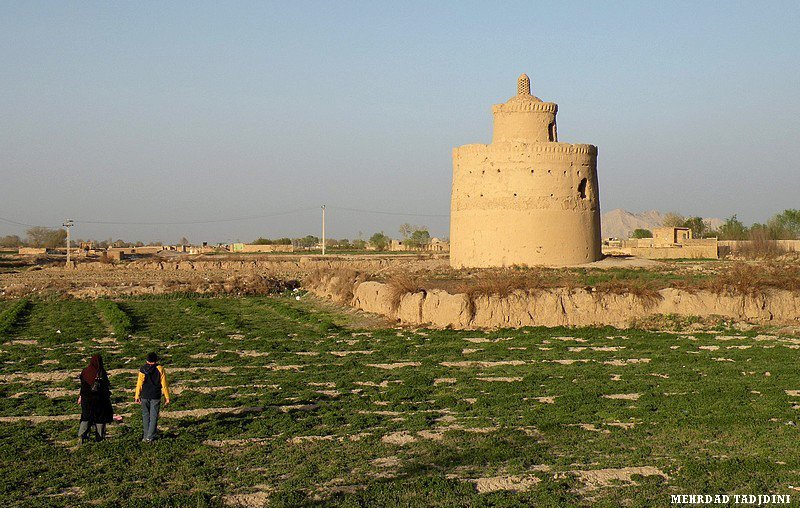
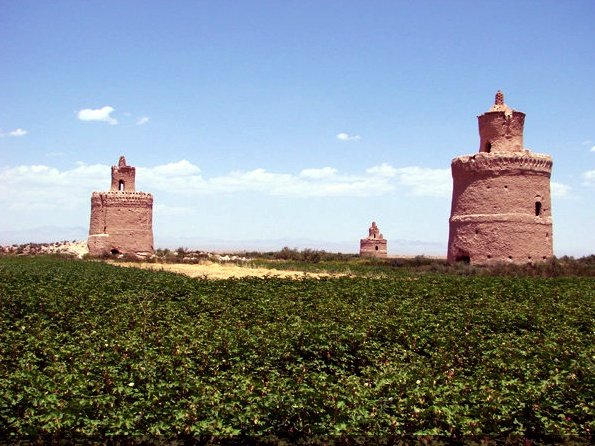
(notechmagazine.com/2016/10/pigeon…)
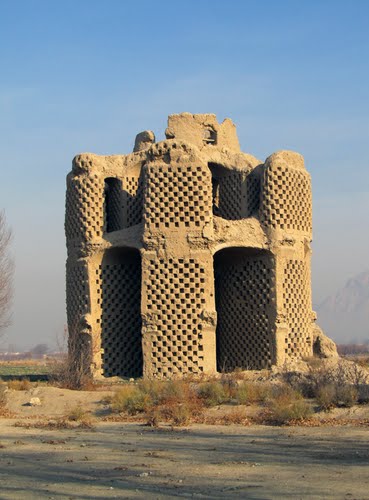
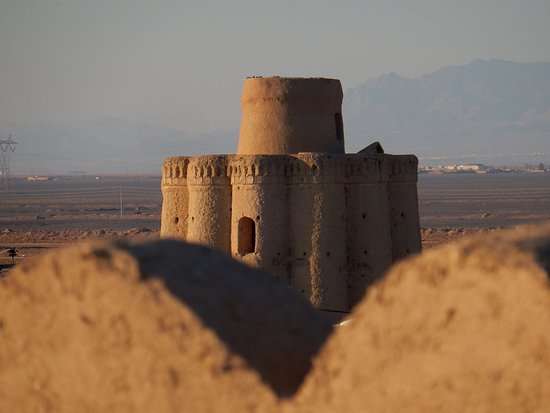
Some of these ceilings reaching up to sky could belong to a mosque or a church.
The design of functional architecture creeps into the sacred!
